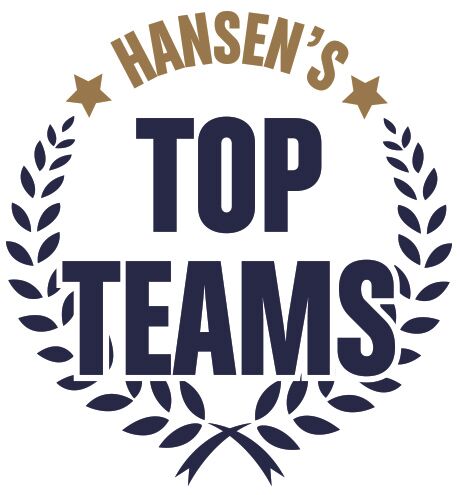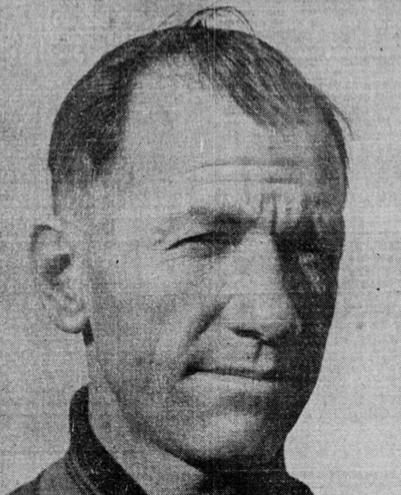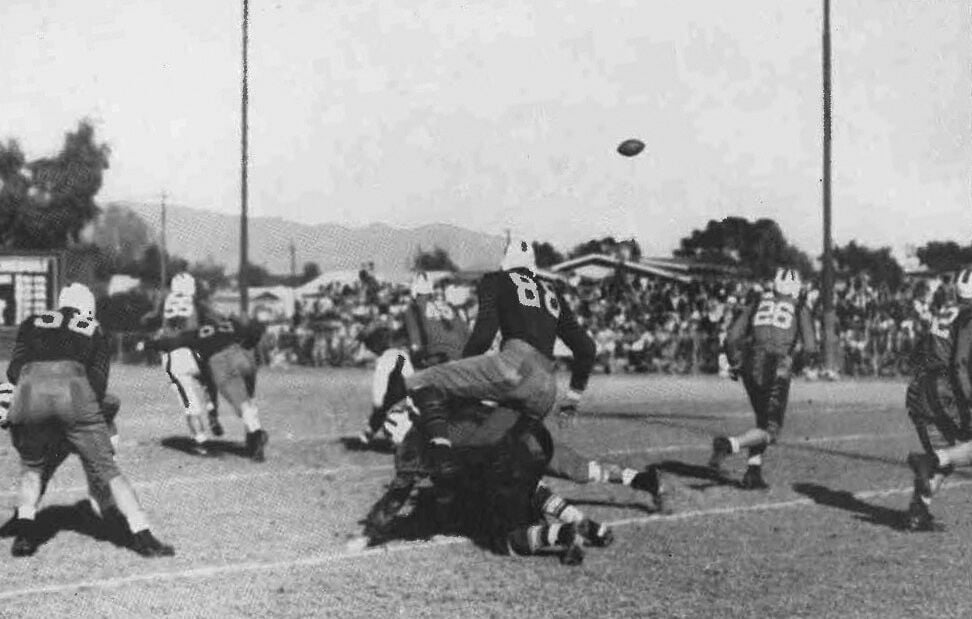Leon Gray was a championship boxer from Tucson High School. a never-give-an-inch UA lineman who went on to become a decorated fighter pilot in World War iI and commander of two United States Air Force Bases.
Over the course of his storybook life, Gray had dinner with President Franklin Delano Roosevelt, was presented the British Flying Cross medal by King George VI and became close friends with Brig. Gen. Jimmy Doolittle and presidential candidate Barry Goldwater.
Yet when I met Gray in 1994 at a UA football homecoming party, he talked about Tex Oliver, his Arizona football coach, more than FDR or King George VI or the famous leader of the Doolittle Raid over Tokyo.
“Tex was like God to me and the boys on those great teams of the 1930s,” said Gray. “I always referred to him as Mr. God rather than Coach. We were so disciplined and tough, we had both fear and respect for Tex.”

Tex Oliver led the UA football team to a 32-11-4 record from 1933 to 1937, including a perfect 5-0 mark against Arizona State.
In the first 60 years of Arizona football, Oliver’s five-year coaching period, 1933-37, was in a class by itself. His teams went 32-11-4, routinely filled all 9,000 seats at Arizona Stadium and boldly began to schedule higher-level schools like Oregon, Notre Dame, Oklahoma State, Michigan State and Minnesota.
An infantryman from an impoverished Texas family, Oliver went on to graduate from West Point and earn a graduate degree from Stanford. Oliver had no recruiting advantages when he arrived at Arizona in 1933 as, of all things, the school’s interim track coach.
“We were almost 100% young men from Arizona, mostly Tucson,” Gray told me. “We didn’t do anything fancy. We just beat you.”
Tucsonans referred to the ‘37 Wildcats as the “Blue Brigade” because of their all-blue uniforms. In an era when football players started on both offense and defense and rarely came off the field, Oliver’s 1937 team started four Tucsonans: Gray, Herb Moran, Carl Cooper, Henry Greer and George “Rattlesnake’’ Jackson. It also included Yuma’s Sid Woods, Chandler’s Roy Wigley and Peoria’s Tom Greenfield.
The only out-of-state players to start on the 8-2 team were Californian Walter “Hoss” Nielsen and Minnesota’s Bronko Smilanich.
Tucsonans bought in. The Star referred to the 1937 opener against Arizona State as a “spectacle” and an “ancient rivalry.” About 500 ASU fans traveled to Tucson on a special train for the game, which was sold out.

Arizona opened its 1937 season with a 20-6 win over rival Arizona State at a sold-out Arizona Stadium.
Arizona won 20-7 and followed that with a 22-13 upset of favored Oklahoma State in a “neutral field” game in Phoenix that attracted a sellout crowd of 12,000 fans.
The capper to Arizona’s best season from 1899-1961 took place on Dec. 4 at Arizona Stadium. Oregon had defeated a strong Stanford team and was favored to end the Blue Brigade’s season on a downer.
Arizona won 20-6, which would become the end of Oiiver’s years in Tucson.
The Ducks were so impressed with the rise of Arizona’s football program that they fired coach Prink Callison and pursued Oliver, who was making $4,500 per year on a one-year contract at Arizona. The Ducks offered a three-year deal worth $18,000.
Oliver was torn but ultimately drove to Eugene, met with UO officials and accepted the job.
He offered to return a $1,000 bonus paid to him a month earlier by the Towncats, the UA booster group. The Towncats declined. Either way, Oliver was gone and Arizona’s football program would go through a 22-year down period.

Oliver’s days at Oregon didn’t go well. He went 23-28-3, a tenure paused by a two-year break for World War II. Oregon fired him in 1947.
I called Oliver in the early 1980s. He was living in Costa Mesa, California, retired from a career as a high school administrator in SoCal. He was cordial and had no difficulty recalling his days with the Blue Brigade.
“Probably the worst thing I ever did in my professional life was to leave Arizona,” he said. “A lot of people don’t know this, but when the UA job opened in 1952, I applied and tried to get back to Tucson. But ‘Pop’ McKale and I had squabbled a lot when I was the coach. He didn’t want to spend the money to play teams like Minnesota and Oklahoma State. So I didn’t get the job.”
Oliver was inducted into the UA Sports Hall of Fame in 1980. He died in 1988. He was 88.









